Deep in the heart of South Africa lies a wilderness that has captured the imaginations of safari enthusiasts for generations. Sprawling across nearly two million hectares, Kruger National Park serves as the ultimate destination for a luxury African safari, offering world-class lodges, unmatched wildlife experiences, and an immersive introduction to Southern Africa’s raw beauty. For discerning travellers in search of luxury Kruger National Park safaris, this iconic reserve presents the perfect blend...
🦁 Predators of Kruger National Park: Where to Find Africa’s Top Hunters 🏆
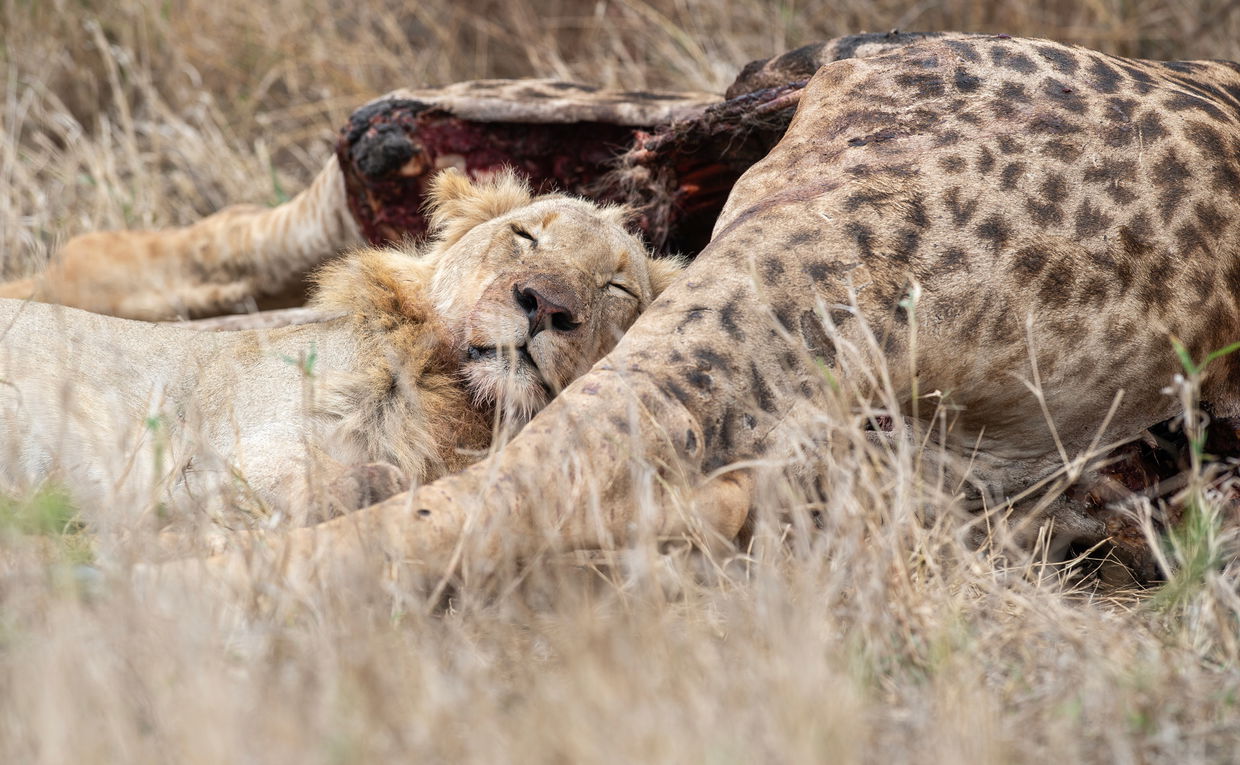
🐾 The Thrill of a Predator Safari
Kruger National Park is one of Africa’s premier destinations for witnessing apex predators in their natural habitat. For travelers seeking a luxury safari with high-stakes wildlife drama, Kruger delivers unparalleled opportunities to observe lions, leopards, cheetahs, and wild dogs—all while enjoying VIP safari comforts.
This guide reveals:
✔️ Best locations to spot Kruger’s top predators
✔️ Luxury lodges with expert tracking teams
✔️ Exclusive experiences for intimate wildlife encounters
✔️ Seasonal tips to maximize sightings
Whether you're a wildlife photographer or a luxury travel enthusiast, tracking these magnificent hunters will redefine your African safaris experience.
👑 Chapter 1: Kruger’s Apex Predators – The Big Hunters
🦁 1. Lions: Kings of the Savannah
Where to Find Them: Southern and Central Kruger (Sabi Sands, Skukuza, Lower Sabie, and the southern areas)
Lions are undoubtedly the most iconic of the Kruger predators. They are social animals that live in prides, and they are found in almost all parts of Kruger. However, the southern and central parts of the park are where you’ll most often encounter them. Areas like Sabi Sands, Skukuza, and Lower Sabie are renowned for their high lion populations. These areas are rich in prey and offer open savannah, perfect for lions to stalk and hunt.
Lions tend to be more active during the cooler hours of the day—early morning and late evening—so be prepared for thrilling sightings at dawn and dusk. Pride members work together to take down large herbivores like buffalo, wildebeest, and zebra. If you’re visiting Kruger, the southern region offers some of the best opportunities for a lion sighting, especially if you're near waterholes where they frequently come to drink.
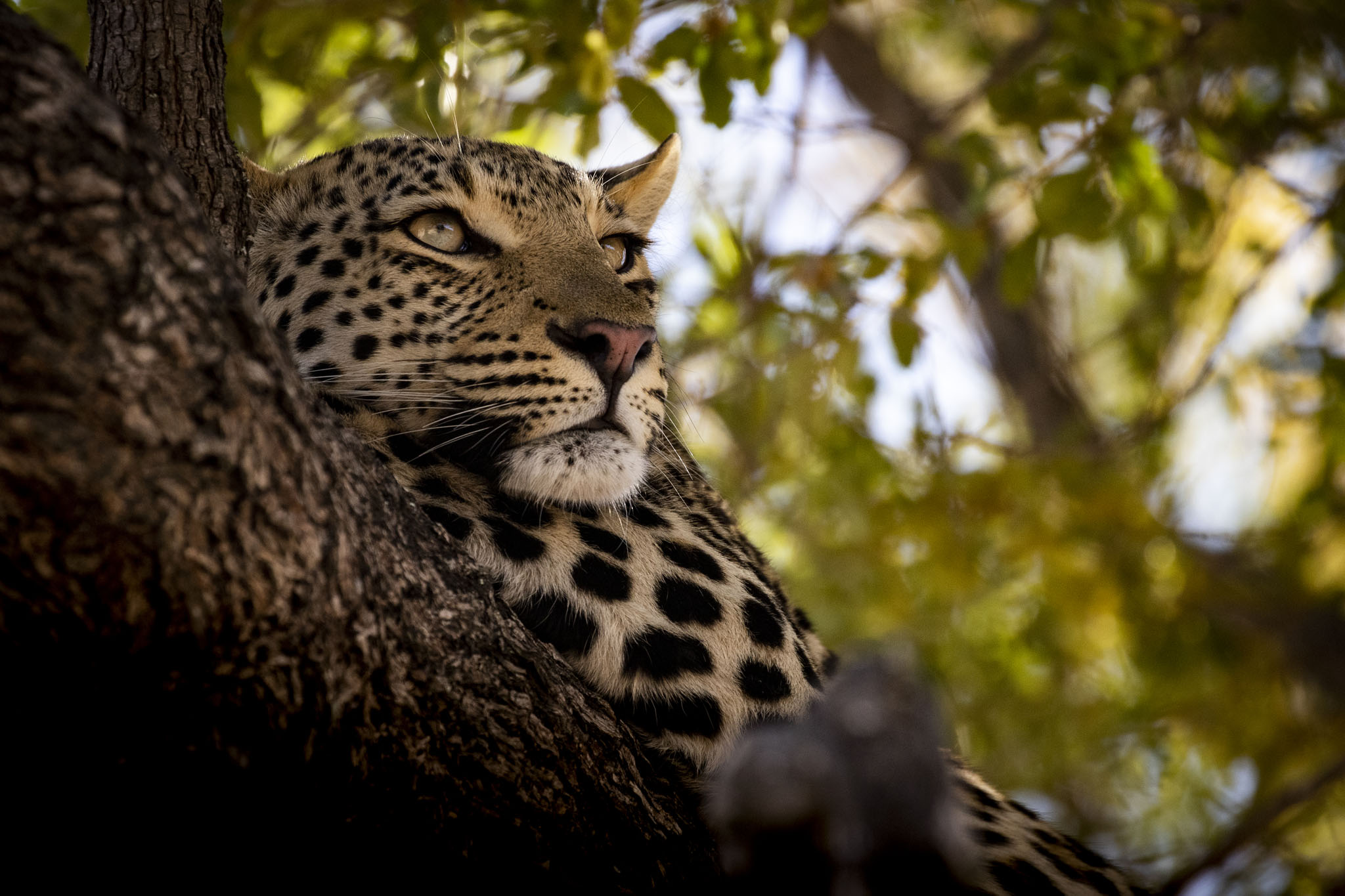
🐆 2. Leopards: Masters of Stealth
Where to Find Them: Throughout the park, but especially in the northern regions (e.g., Letaba, Olifants, and Pafuri) and in areas with dense bush like Sabi Sands and the Kruger’s western border.
Leopards are elusive, solitary hunters that are more difficult to spot than lions or cheetahs. Unlike the social lion, the leopard prefers dense, wooded areas where it can silently stalk its prey. The northern sections of Kruger, including Letaba, Olifants, and Pafuri, offer the best opportunities to spot these elusive cats. These areas feature a mix of riverine forests, dense thickets, and rocky outcrops—perfect terrain for leopards.
Leopards are skilled hunters, preying on a wide variety of animals, from smaller antelopes like impala to larger prey like kudu and wildebeest. They are also notorious for dragging their kills up into trees to avoid scavengers. If you're lucky enough to spot one, be sure to look up—sometimes they’re perched high in the branches, guarding their meal from opportunistic hyenas or lions.
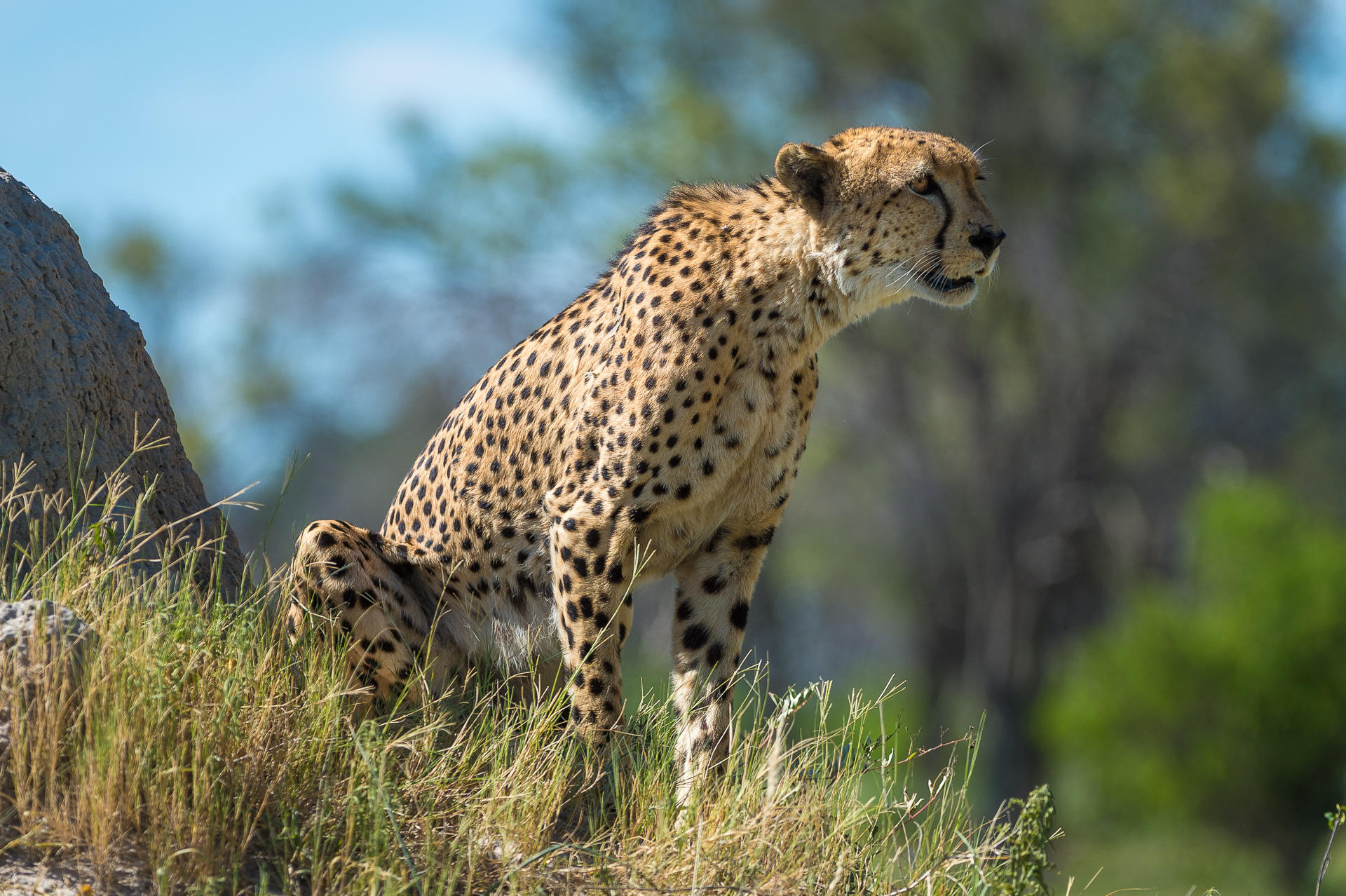
🐆💨 3. Cheetahs: The Speed Demons
Where to Find Them: Open grasslands and savannahs, especially in the southern and central parts of Kruger (e.g., Satara, Crocodile Bridge, and the Malelane area).
Cheetahs are built for speed. With long, slender bodies and a powerful sprinting ability, these incredible predators are the fastest land animals on Earth, reaching speeds of up to 110 km/h (68 mph) in short bursts. Unlike lions and leopards, cheetahs typically hunt alone or in small family groups. They are most commonly found in open savannahs and grasslands, where their speed gives them an advantage.
In Kruger, areas like Satara, Crocodile Bridge, and the Malelane region are popular spots for cheetah sightings. These areas have plenty of open spaces with abundant prey such as impala, springbok, and gazelles. Cheetah sightings are more likely in the early mornings or late afternoons when they are hunting or resting after a chase. Keep an eye out for them in the open plains, especially if you’re driving through the central parts of the park.
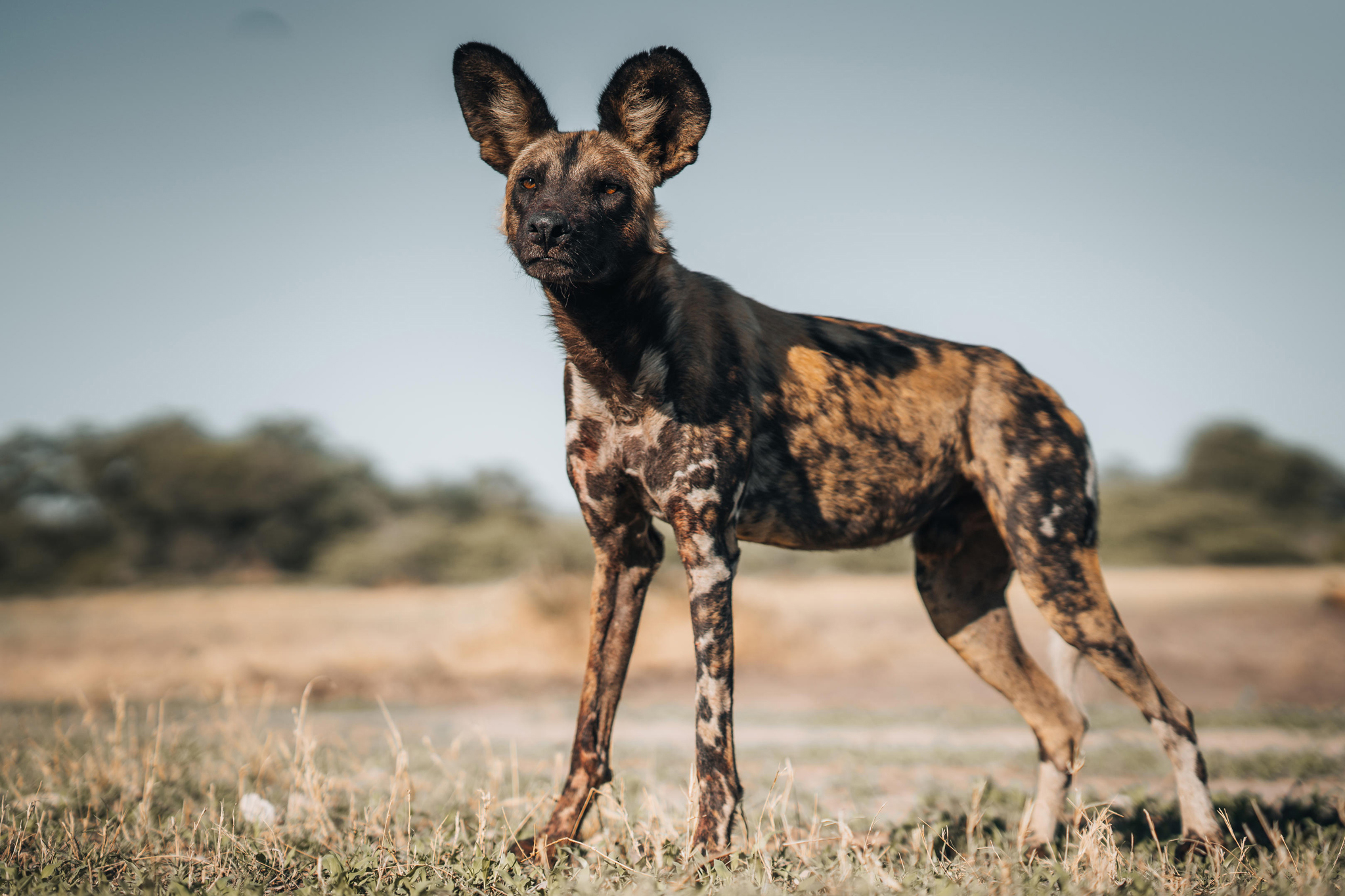
🐕4. African Wild Dogs: The Pack Hunters
Where to Find Them: Northern Kruger (e.g., Pafuri, Shingwedzi) and the central areas like Satara and Nwatimhiri.
African wild dogs (also known as painted wolves) are among the most cooperative and efficient hunters in the animal kingdom. Living in packs, they rely on teamwork and stamina to chase down prey, often covering vast distances during a hunt. While they are found throughout Kruger, the northern regions—such as Pafuri and Shingwedzi—and the centralareas, like Satara, offer some of the best chances to spot them.
Wild dogs are often seen hunting in the early morning or late evening when they are most active. Unlike other predators that may focus on larger game, wild dogs often hunt smaller antelopes such as impalas, duikers, and steenboks. Their persistence and pack dynamics make them a thrilling sight on safari, especially when they’re in pursuit of prey. Be sure to watch the pack work together—it's a fascinating display of strategy and cooperation.
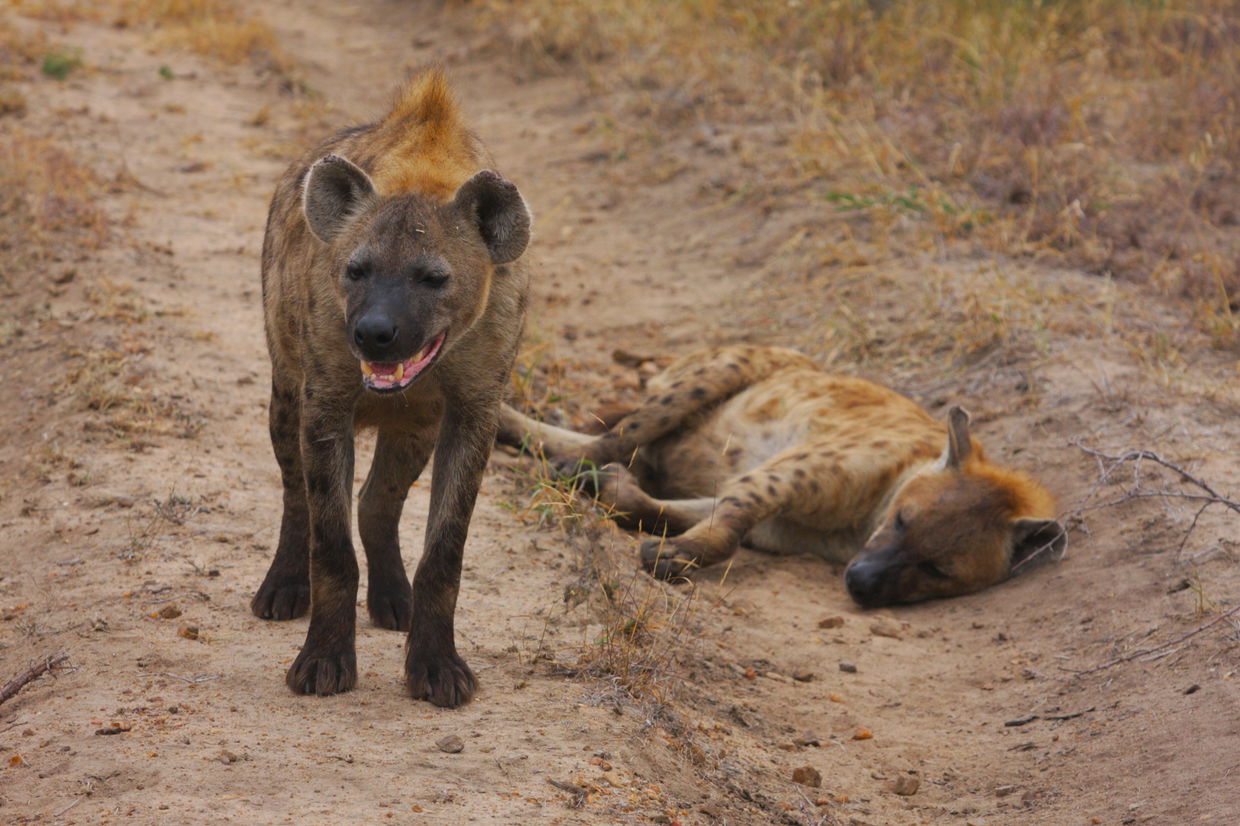
🐺5. Hyenas: Opportunistic Scavengers and Fierce Hunters
Where to Find Them: Throughout the park, but especially in Kruger’s southern regions (e.g., Lower Sabie, Skukuza, and the area around Satara).
Often misunderstood as mere scavengers, spotted hyenas are actually skilled hunters in their own right. They hunt in clans, and their intelligence and social structure make them formidable predators. They are also opportunistic scavengers, frequently stealing kills from other predators, including lions and leopards.
Spotted hyenas are common throughout Kruger, but you are most likely to encounter them in the southern and central regions, such as around Lower Sabie, Skukuza, and Satara. These areas have large populations of prey and are home to several hyena clans. Hyenas are often seen at night or early in the morning, either hunting or scavenging near the park’s many waterholes. If you're visiting during the day, look for them resting in the shade or hanging around kills made by larger predators.
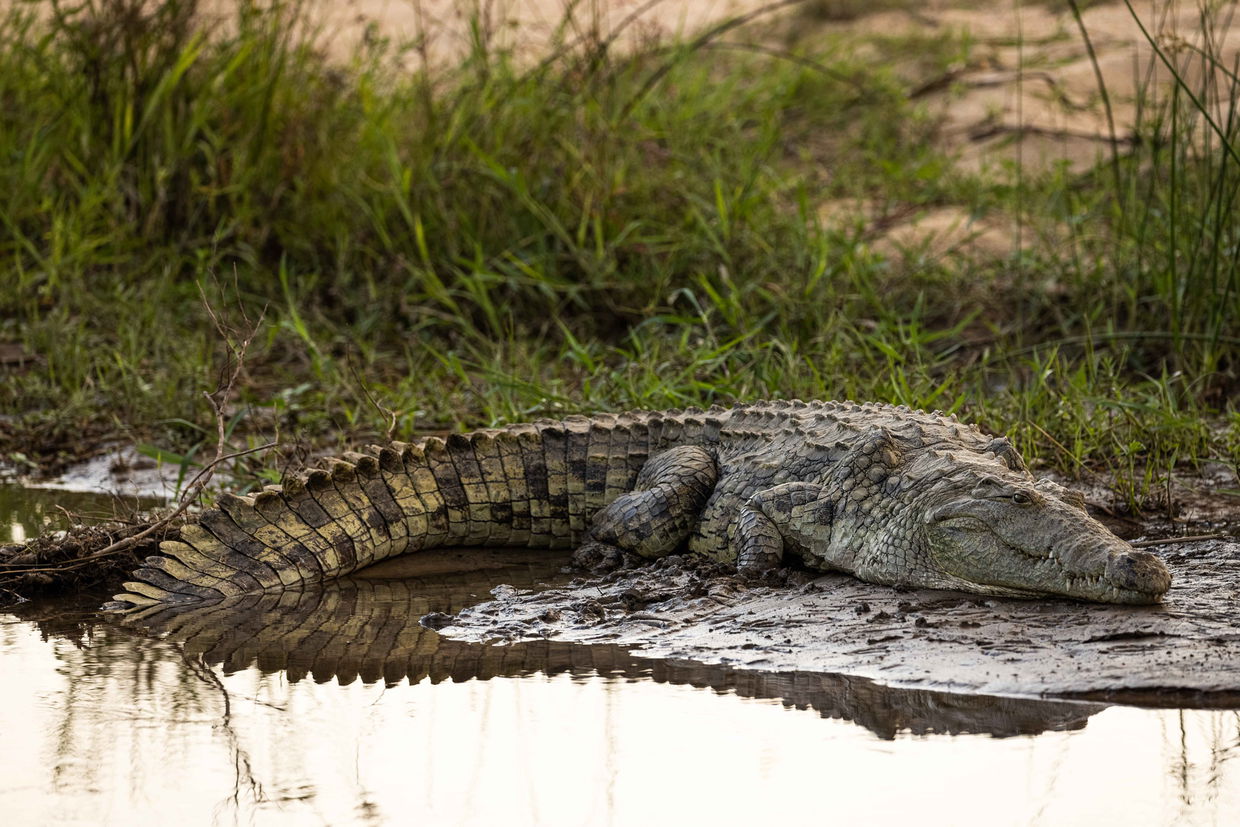
🐊 6. Nile Crocodiles: Apex Predators of the Waterways
Where to Find Them: Rivers, lakes, and waterholes across the park (particularly along the Sabie River, Limpopo River, and Olifants River).
While Nile crocodiles aren’t typically the first predators you think of when imagining a safari, they are certainly some of the most formidable hunters in Kruger. Found in almost every major waterway of the park, from the Sabie River to the Olifants River, crocodiles ambush prey that comes to the water's edge to drink. Their massive size, powerful jaws, and stealthy approach make them apex predators in their environment.
Crocodiles can often be seen basking in the sun along riverbanks, or, if you’re lucky, you might witness one launching a surprise attack on unwary animals like buffalo, zebra, or antelope that approach for a drink. Early mornings and late afternoons are the best times to spot these powerful reptiles.
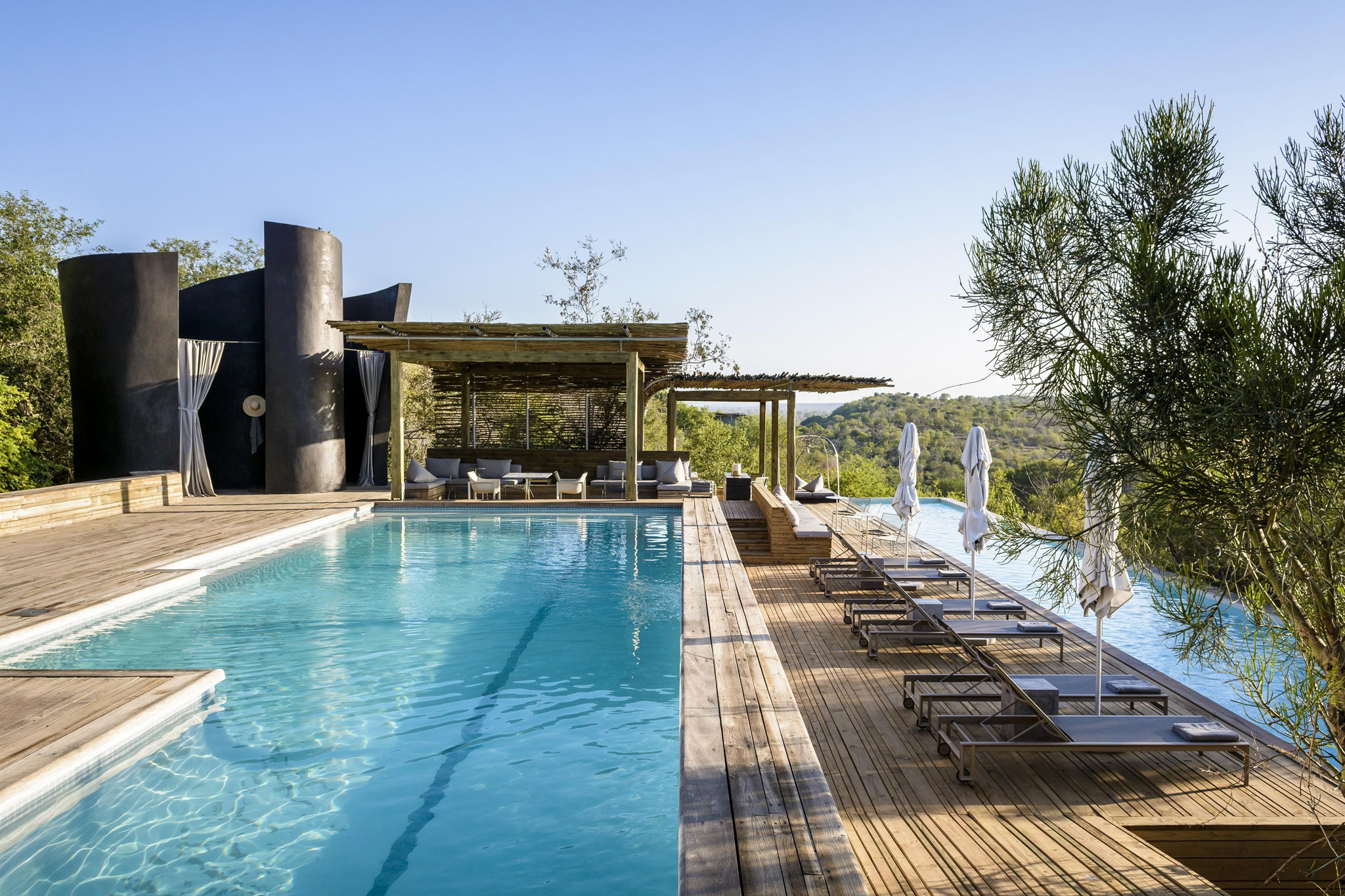
🍾 Chapter 2: Luxury Safaris – Tracking Predators in Style
2.1 Top Kruger Lodges for Predator Encounters
Singita Lebombo - Leopard capital - Private vehicle guarantee
Londolozi - Lion & wild dog experts - Photographic hides
Royal Malewane - Cheetah specialists - Helicopter safaris
Ulusaba - Lion dynamics - Sleep-out platforms
2.2 VIP Safari Experiences
✅Predator Research Participation (tracking collars, ID databases)
✅Bush Dinners Under the Stars with lion roars as ambiance
✅Hot Air Balloon Safaris at dawn for aerial predator tracking
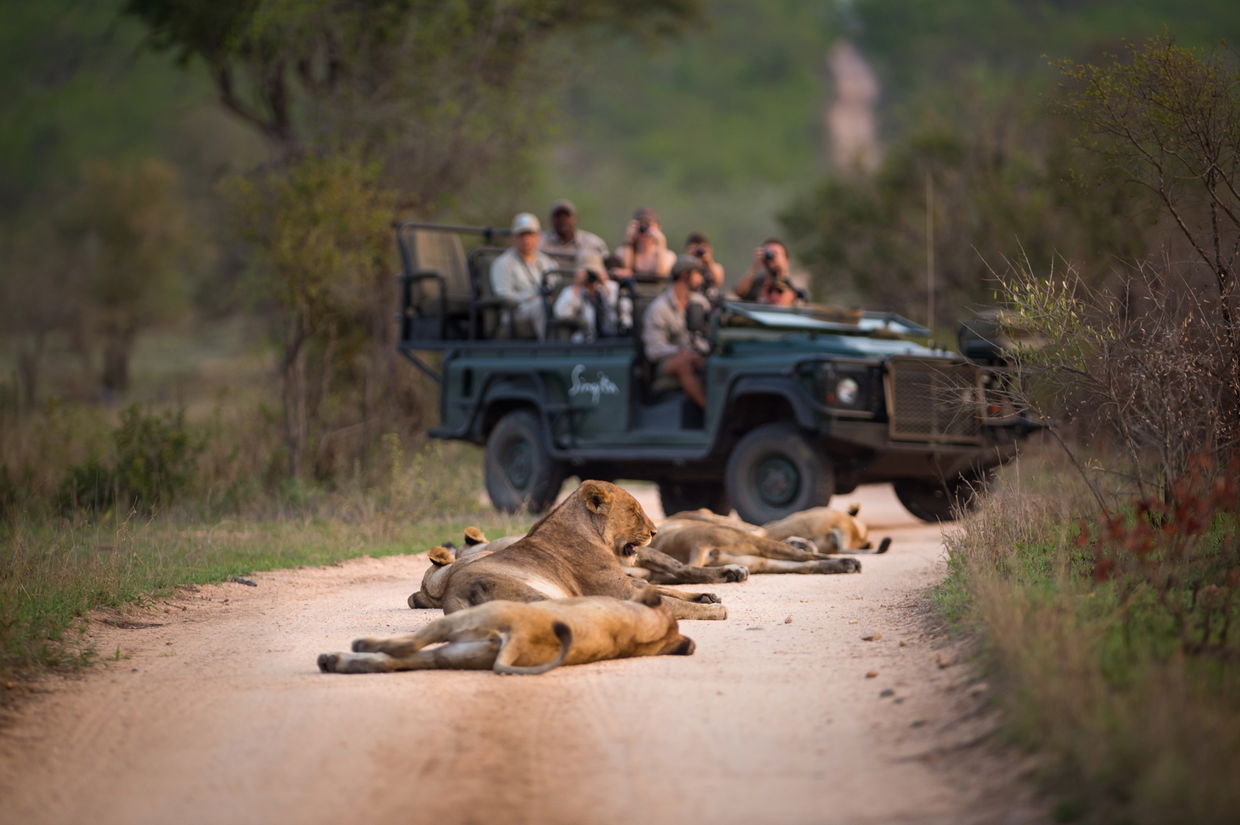
🗺️ Chapter 3: When & Where to Spot Kruger’s Predators
The predators of Kruger National Park are some of the most awe-inspiring creatures on Earth, each with unique hunting strategies and behavior. Whether you’re hoping to see a pride of lions lounging in the sun, a cheetah sprinting across the plains, or a leopard silently stalking its prey in the shadows, Kruger offers some of the best predator sightings in Africa.
3.1 Seasonal Guide to Predator Activity
Dry Season (May-Sep) - Predators to see: Lions, wild dogs - Why? Concentrated at waterholes
Wet Season (Oct-Apr) - Predators to see: Cheetahs, leopards - Why? Dense foliage for ambush
3.2 Kruger’s Predator Hotspots
Lions: Lower Sabie, Skukuza
Leopards: Sabi Sands, Londolozi
Cheetahs: Orpen, Satara
Wild Dogs: Pafuri, Makuleke
💡Secrets Tip: Early morning (5:30-9 AM) is prime predator movement time.
To maximize your chances of seeing these incredible hunters, consider focusing your safari in the regions mentioned above. No matter where you go in Kruger, the thrill of seeing these predators in action is an experience you’ll never forget. So, pack your camera, keep your eyes peeled, and get ready for a safari adventure you’ll remember for a lifetime.
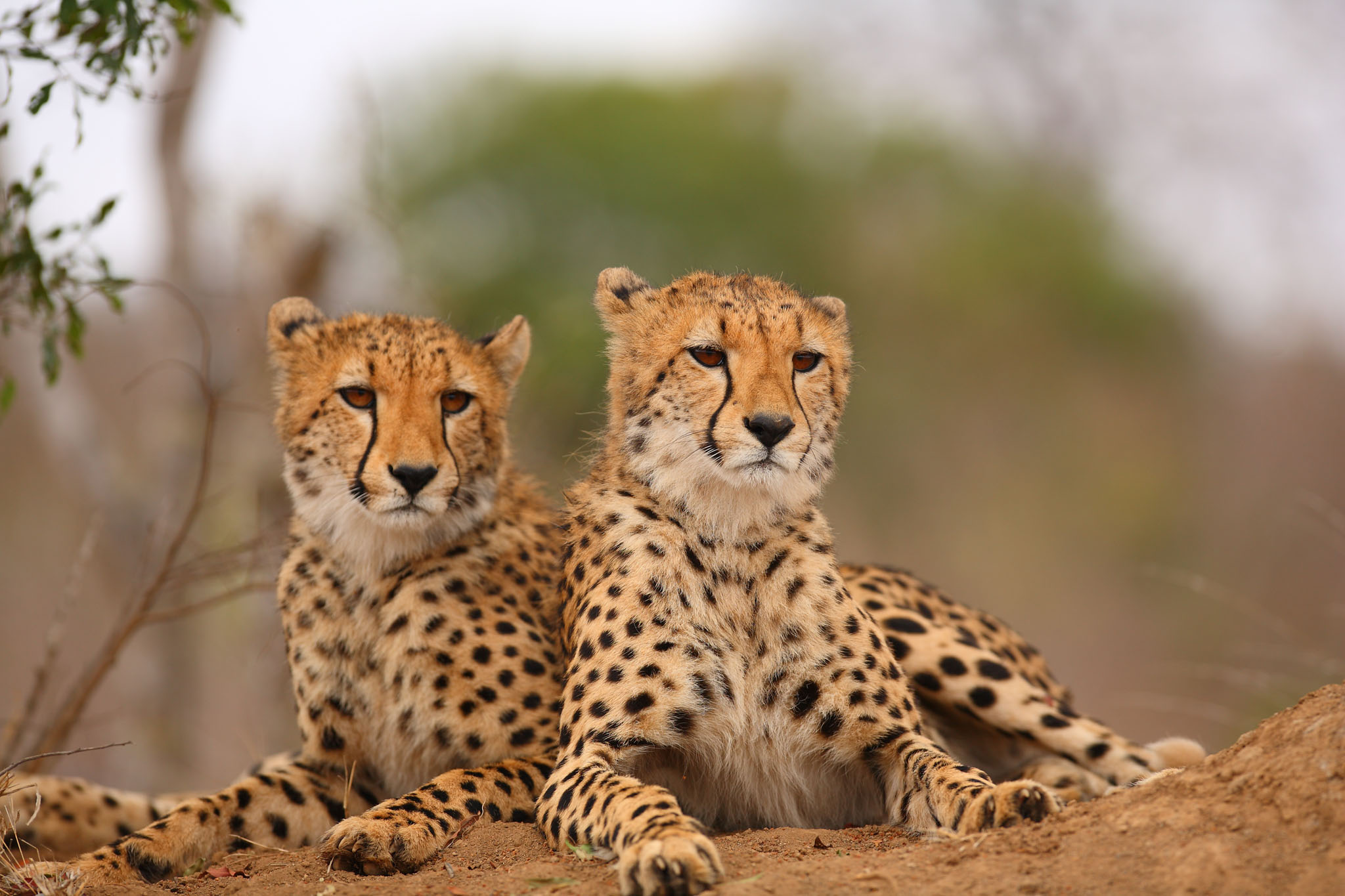
♻️ Chapter 4: Conservation & Ethical Safaris
4.1 Protecting Kruger’s Predators
💠Rhino & Lion Anti-Poaching Units
💠Wild Dog Vaccination Programs
💠Community-Based Conservation
4.2 How Luxury Tourism Helps
💠Lodges fund 60% of local conservation efforts
💠Guest contributions support snare removal teams, trackers remove 1,000+ snares/year.
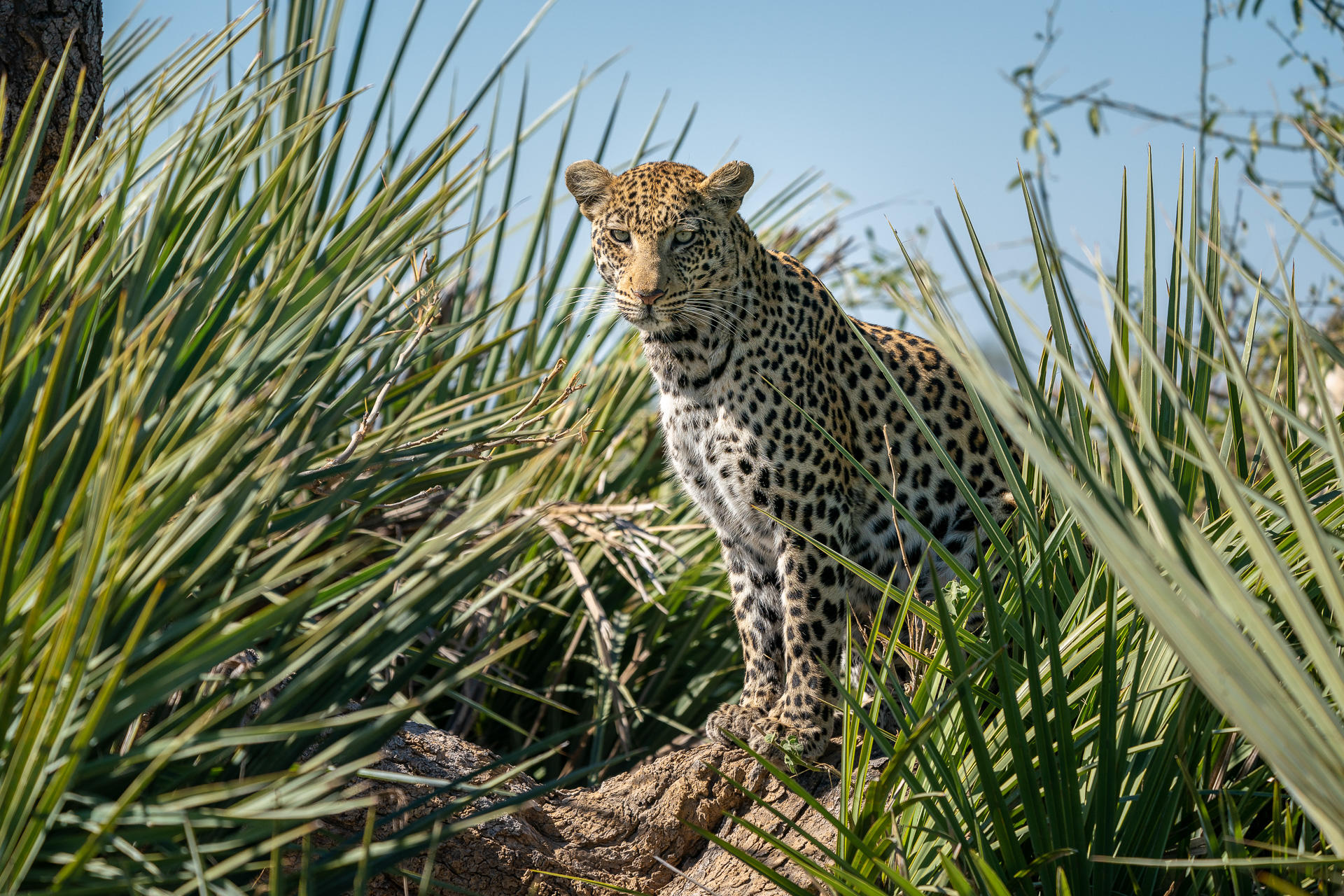
🦁 Your Predator Safari Awaits
A luxury safari in Kruger offers front-row seats to nature’s most thrilling dramas. By choosing VIP safari experiences, you contribute to conservation while enjoying unparalleled access to Africa’s top hunters.
Ready to track the wild? Book your African safaris adventure today! 


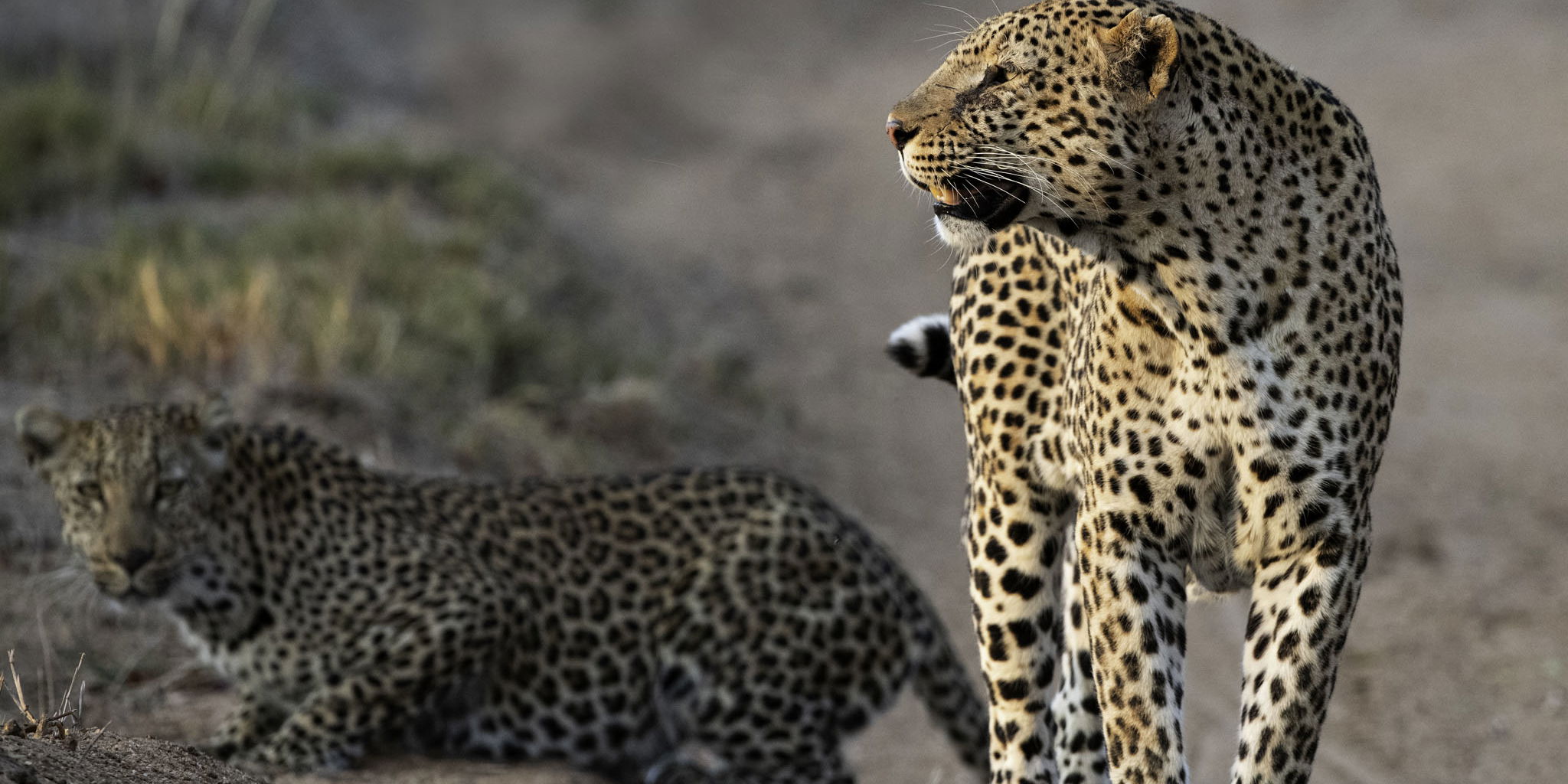
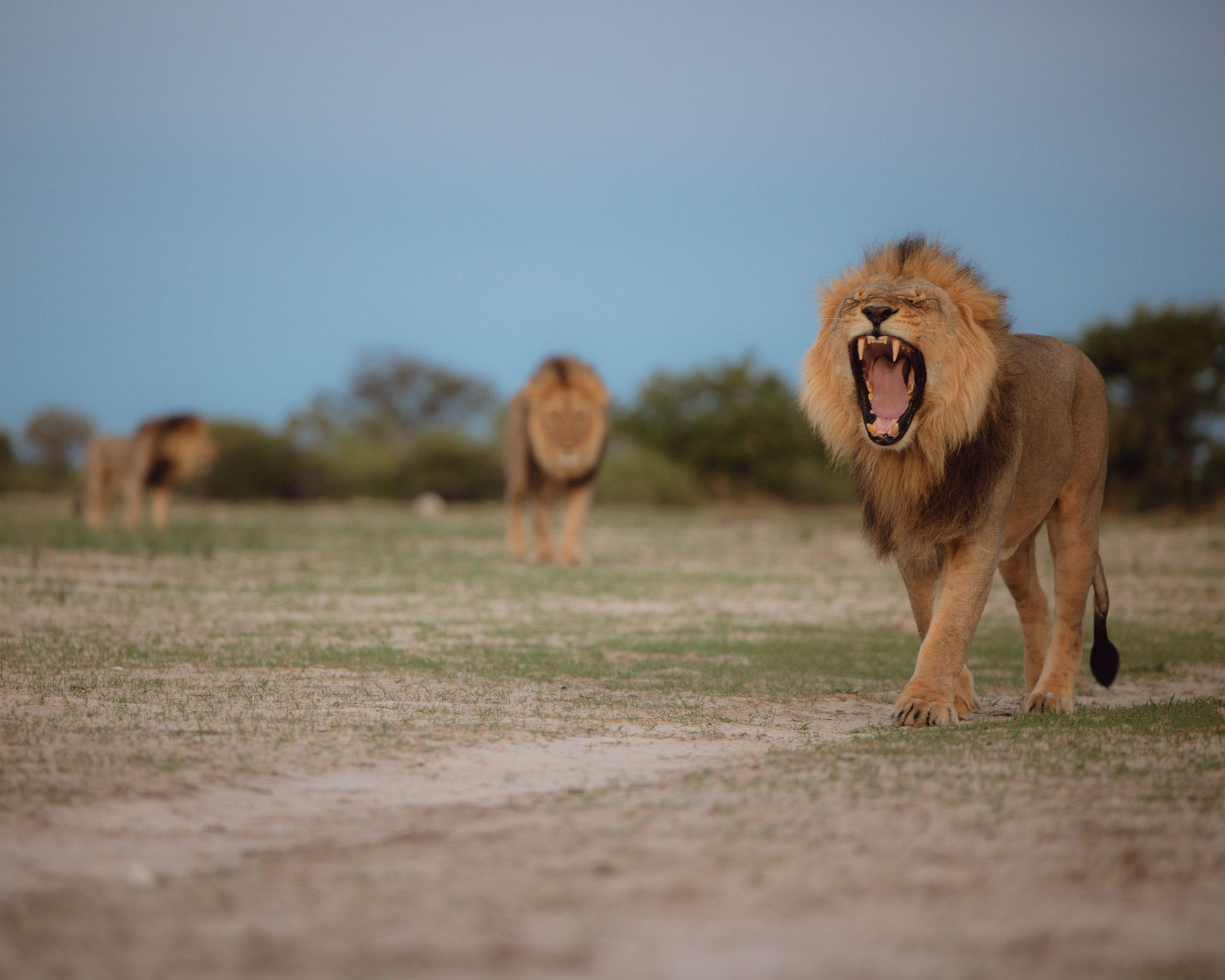
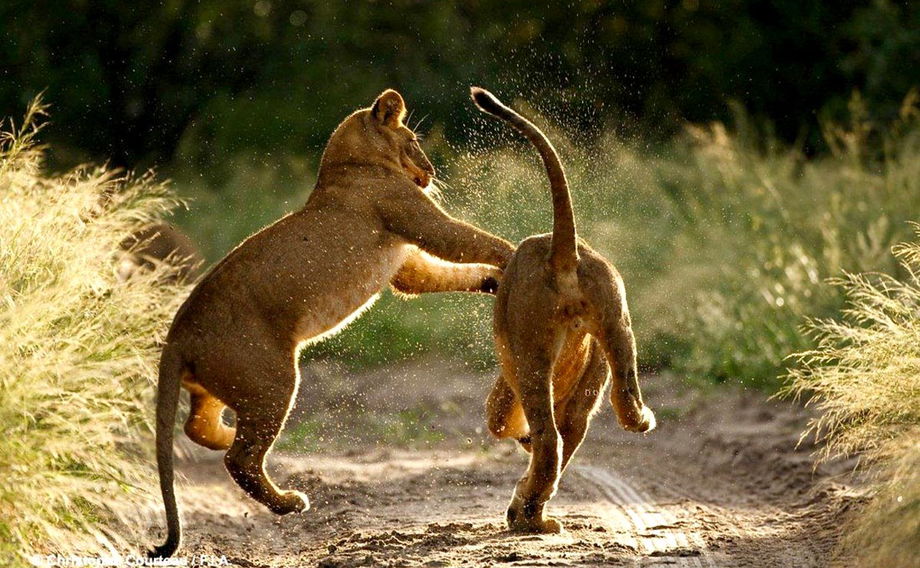
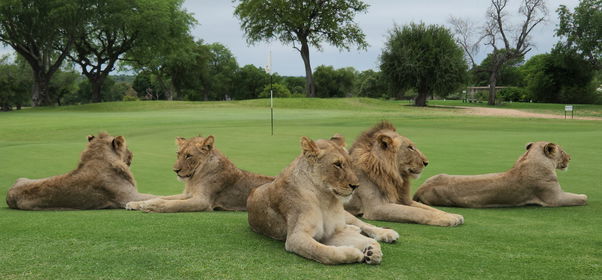
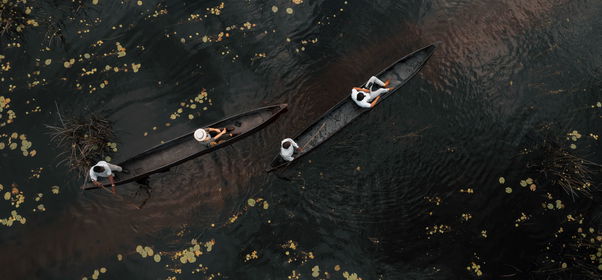
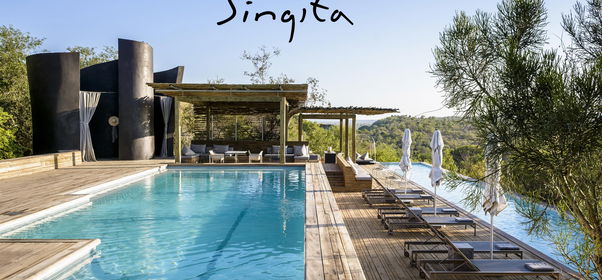
Share This Post